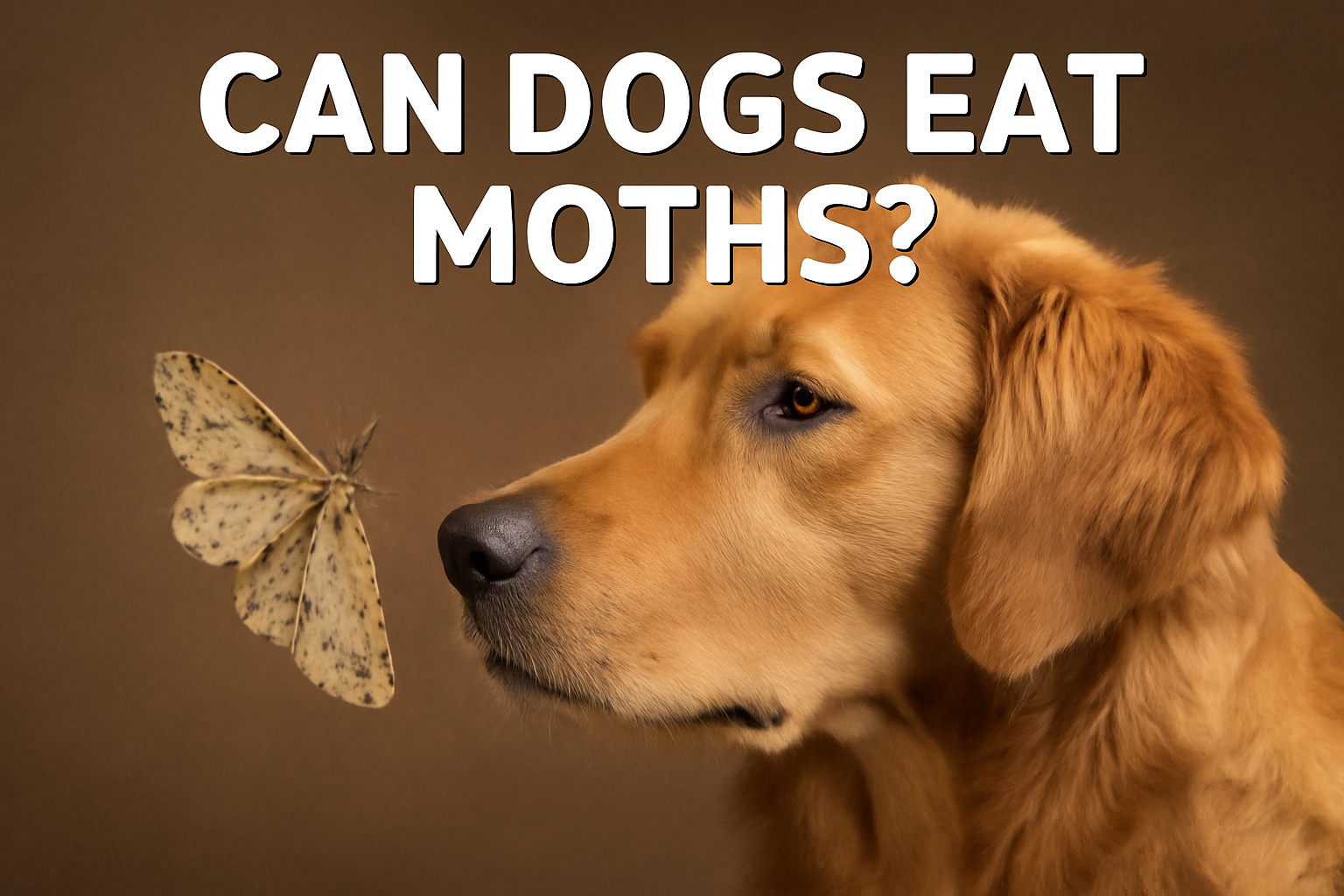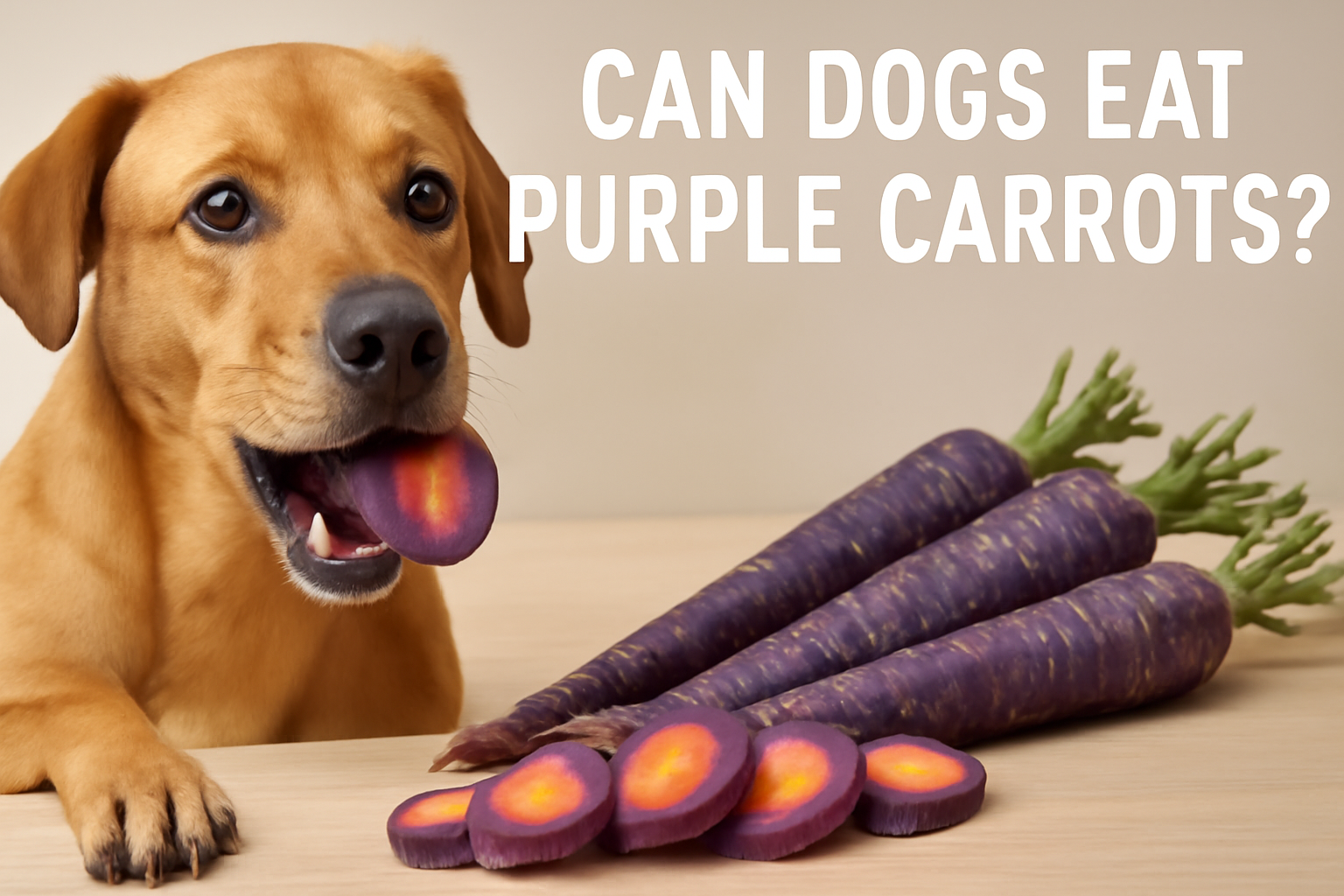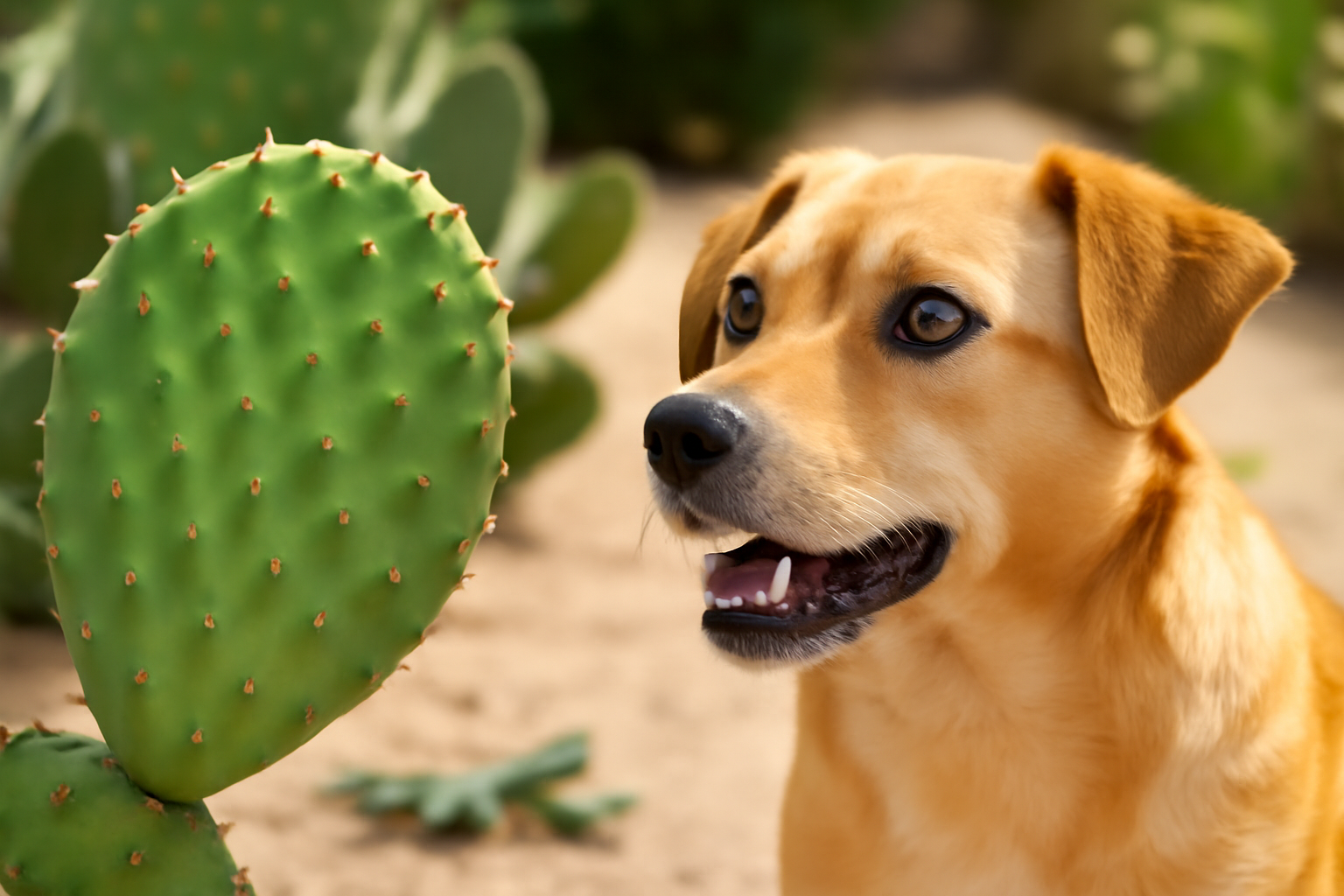Can Dogs Eat Tapioca Pudding? 🍚🐕
As dog owners, we love to spoil our pets with treats, whether it’s an extra serving of their favorite food, a new toy, or a special snack. However, not everything we eat is suitable for our dogs, and that includes some of our favorite desserts. One such dessert is tapioca pudding, which is delicious, sweet, and creamy, but can it be safely shared with your furry friend? 🤔
Tapioca pudding is a popular dish made from tapioca pearls, milk, sugar, and sometimes eggs. It has a smooth, creamy texture and is often served as a sweet treat. While humans enjoy tapioca pudding, it’s important to consider if it’s safe for dogs to eat. In this article, we will take a closer look at whether dogs can eat tapioca pudding, the potential risks, and safer alternatives for your dog. 🐕💖
What is Tapioca Pudding? 🍮
Tapioca pudding is a dessert made from tapioca pearls—small, chewy, and round starch granules that are derived from the cassava root. These pearls are cooked with milk and sugar to create a thick, creamy pudding. It is often flavored with vanilla or other sweeteners and served as a sweet treat. Sometimes, eggs are added to make the pudding richer, and in some recipes, other flavorings or toppings like cinnamon or fruit are included.
Tapioca pudding is popular in many parts of the world and is often served cold, making it a refreshing dessert. However, while it’s tasty for humans, it doesn’t mean it’s the right treat for dogs.
Can Dogs Eat Tapioca Pudding Safely? 🚫
The short answer is no, dogs should not eat tapioca pudding. While the tapioca pearls themselves are generally not harmful to dogs, the other ingredients in tapioca pudding can pose serious risks. Let’s take a deeper look at why this is the case and explore the potential risks of feeding your dog tapioca pudding.
1. High Sugar Content 🍬
Tapioca pudding is typically made with a large amount of sugar. While sugar in small amounts is not immediately harmful, it can cause significant health problems in dogs when consumed regularly or in larger quantities. Here’s why sugar is a concern:
- Obesity 🐕⚖️: Just like in humans, excess sugar can contribute to weight gain and obesity in dogs. Obesity can lead to a variety of health issues such as joint problems, heart disease, and a shortened lifespan.
- Diabetes 🩸: Over time, consuming too much sugar can lead to insulin resistance, which can result in diabetes. Dogs, just like humans, can develop diabetes if they consume too many sugary foods.
- Tooth Decay 🦷: Sugary foods promote the growth of bacteria in your dog’s mouth, which can lead to tooth decay, gum disease, and bad breath. In severe cases, untreated dental issues can lead to pain and tooth loss.
2. Dairy and Lactose Intolerance 🐄
Tapioca pudding often contains milk, which is a major concern for dogs. Many dogs are lactose intolerant, meaning they have difficulty digesting dairy products. The enzyme that breaks down lactose, lactase, is often lacking in dogs. Here’s what can happen if a lactose-intolerant dog consumes milk:
- Stomach Upset 🤢: Symptoms of lactose intolerance in dogs can include vomiting, diarrhea, and stomach cramps.
- Gas and Bloating 💨: Dogs that cannot properly digest dairy may experience excessive gas, bloating, and discomfort.
It’s important to note that while some dogs can tolerate small amounts of dairy, most dogs are not equipped to handle the lactose in milk, especially when it’s part of a sugary dessert like tapioca pudding.
3. Eggs 🥚
Some recipes for tapioca pudding also call for eggs. While eggs themselves are safe for dogs to eat in moderation, certain preparations of eggs (like raw eggs) can pose a risk to dogs. Raw eggs can carry bacteria such as Salmonella, which can lead to infections and gastrointestinal issues in dogs.
Even if the eggs are cooked in the pudding, they still add extra calories and protein that your dog doesn’t need, and too much protein can lead to kidney strain, especially in older dogs or those with existing health conditions.
4. Artificial Sweeteners 🍭
Many store-bought versions of tapioca pudding may contain artificial sweeteners like xylitol. Xylitol is extremely toxic to dogs and can cause a rapid drop in blood sugar levels, leading to symptoms like lethargy, seizures, and even liver failure. While it’s not common in all tapioca puddings, it’s important to check the ingredients, especially if you’re feeding your dog commercially-made pudding.
Risks of Feeding Tapioca Pudding to Dogs 🚨
Now that we know the ingredients in tapioca pudding that make it unsafe for dogs, let’s explore some specific risks of feeding it to your dog:
1. Choking Hazard ⚠️
Tapioca pudding has a sticky and gooey texture that can make it difficult for dogs to swallow, especially if they try to gulp it down quickly. The tapioca pearls themselves are chewy and may pose a choking hazard, particularly for smaller dogs. If your dog tries to swallow large pieces without chewing properly, they could choke.
2. Allergic Reactions 🐾
Some dogs may be allergic to ingredients found in tapioca pudding, such as dairy or eggs. If your dog has never had these ingredients before, you may want to monitor them closely after giving them a small amount of pudding to check for any signs of an allergic reaction. These can include:
- Itching
- Swelling (especially around the face or mouth)
- Hives
- Difficulty breathing
3. Weight Gain and Obesity 🍰
If your dog regularly consumes sugary foods like tapioca pudding, it can lead to weight gain and ultimately obesity. Obesity is a serious health concern that can shorten your dog’s life expectancy and lead to other health problems like arthritis, heart disease, and diabetes.
4. Upset Stomach and Digestive Issues 💩
The sugar, dairy, and eggs in tapioca pudding can all cause digestive upset in dogs. Common signs of digestive distress include:
- Vomiting
- Diarrhea
- Excessive gas
- Abdominal pain or bloating
If your dog experiences any of these symptoms after eating tapioca pudding, it’s important to contact your vet for advice.
Safe Alternatives for Dogs 🦴🍖
If you want to treat your dog to something sweet or special, there are plenty of safe alternatives to tapioca pudding that are both healthy and enjoyable for your furry friend. Here are some great options:
1. Homemade Dog-Friendly Ice Cream 🍦
Instead of feeding your dog regular pudding, try making dog-friendly ice cream! You can blend unsweetened yogurt, bananas, and a little peanut butter (xylitol-free) to create a tasty frozen treat your dog will love. Just be sure to keep it plain and free from any added sugars or artificial sweeteners.
2. Carrots 🥕
Carrots are a healthy, crunchy treat that most dogs love. They’re low in calories and high in fiber, making them a perfect snack for weight-conscious dogs. Plus, they help clean your dog’s teeth and improve digestion.
3. Apples 🍏
Apples are a sweet, nutritious treat for dogs. Just make sure to remove the seeds and core, as they can be harmful. Apples are rich in fiber and vitamin C, which helps with digestion and boosts your dog’s immune system.
4. Peanut Butter (Xylitol-Free) 🥜
Peanut butter is a tasty and protein-rich treat that most dogs enjoy. Just make sure it doesn’t contain xylitol, as it’s toxic to dogs. Serve in moderation, as peanut butter is calorie-dense.
Frequently Asked Questions (FAQs) ❓
1. Can I feed my dog tapioca pudding occasionally?
While small amounts of tapioca pudding are unlikely to harm your dog, it is not a healthy choice for dogs. It’s best to avoid feeding it to your dog due to the high sugar content and potential digestive issues.
2. What are the signs that my dog has eaten too much sugar?
Signs of sugar consumption in dogs include vomiting, diarrhea, excessive thirst, lethargy, and hyperactivity. If you notice any of these signs, contact your vet immediately.
3. Can tapioca pudding cause pancreatitis in dogs?
Yes, if your dog consumes large amounts of fatty or sugary foods, it could contribute to pancreatitis, a painful inflammation of the pancreas. If your dog shows signs of discomfort or pain after eating pudding, consult your vet.
4. What should I do if my dog eats tapioca pudding with artificial sweeteners?
If your dog consumes pudding with xylitol (an artificial sweetener), contact your vet immediately. Xylitol can cause a rapid drop in blood sugar and liver damage. Time is critical in these cases.
5. Can I give my dog regular rice pudding instead?
While plain rice pudding without sugar and additives may be safer than tapioca pudding, it still contains dairy and sugar, which can cause digestive issues. Stick to healthier, dog-safe treats like carrots, apples, or homemade dog-friendly ice cream.
Conclusion: Should Dogs Eat Tapioca Pudding? 🚫
In conclusion, while tapioca pudding may seem like a tasty treat for humans, it is not a safe food for dogs. The high sugar content, potential dairy issues, and other ingredients make it unsuitable for your dog. If you want to give your dog a special treat, choose healthier, dog-safe options like fruits, vegetables, or homemade dog treats that don’t pose any health risks.
As always, if you’re ever unsure about a food item, it’s a good idea to consult your vet. By being cautious and thoughtful about what you feed your dog, you can keep them happy, healthy, and safe. 🐶💖




